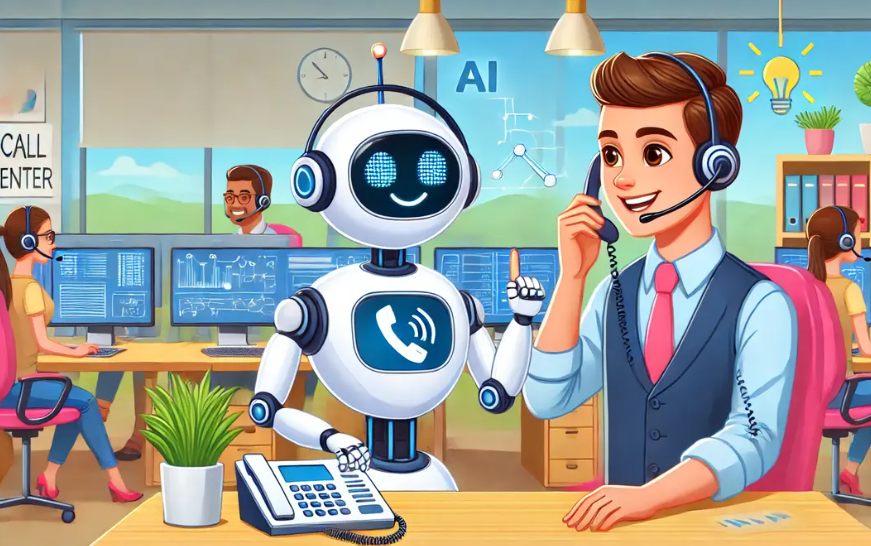The Rise of Conversational AI in the Modern Global Call Center Marketplace

At the very heart of the revolution transforming the call center ai market lies the remarkable and rapid advancement of conversational AI. This technology, encompassing both text-based chatbots and voice-activated voicebots (also known as Interactive Voice Response or IVR systems on steroids), represents the frontline of automated customer interaction. Early generations of these bots were often frustrating, limited to rigid, keyword-based scripts that could only handle a very narrow range of queries. However, powered by recent breakthroughs in Natural Language Processing (NLP), Natural Language Understanding (NLU), and machine learning, today's conversational AI agents can comprehend user intent, understand context, parse complex sentences, and carry on surprisingly natural, human-like conversations. They are capable of handling a vast array of tasks, from answering FAQs and checking order statuses to booking appointments and processing payments, all without human intervention.
The immense efficiency gains and cost savings delivered by conversational AI are a primary engine of the market's staggering growth projections. The call center ai market size is projected to grow USD 119.85 Billion by 2035, exhibiting a CAGR of 17.76% during the forecast period 2025-2035. The business case is incredibly compelling. A single, well-designed bot can handle thousands of conversations simultaneously, 24 hours a day, 7 days a week, at a fraction of the cost of a team of human agents. This allows organizations to offer instantaneous, round-the-clock support while deflecting a significant percentage—often 40% to 70%—of routine inquiries away from their more expensive human workforce. This massive operational leverage enables companies to scale their support operations dramatically without a proportional increase in headcount, providing a powerful and direct return on investment that fuels continued market expansion.
The true power of modern conversational AI lies in its ability to integrate deeply with back-end enterprise systems. A bot is no longer just a conversational interface; it is a full-fledged transactional agent. Through secure APIs, a chatbot on a retail website can access the inventory management system to check stock levels, connect to the logistics platform to track a shipment, and integrate with the CRM to pull up a customer's order history. A voicebot for a utility company can authenticate a user, access their billing information, and process a credit card payment in real-time. This ability to perform meaningful actions, not just provide information, is what makes conversational AI so transformative. It resolves customer issues from end-to-end within the automated channel, delivering a complete and satisfying self-service experience.
Looking to the future, the impact of Generative AI, particularly large language models (LLMs) like those powering ChatGPT, is set to make conversational AI even more powerful and human-like. Instead of being trained on a limited set of intents, these models can be trained on a company's entire knowledge base, website, and product documentation, allowing them to answer a much wider and more nuanced range of questions. They can generate more empathetic, context-aware, and varied responses, moving away from robotic-sounding scripts. The next generation of voicebots will even be able to replicate human speech patterns, tones, and inflections with startling accuracy. This ongoing evolution will continue to blur the lines between human and machine interaction, making automated service channels more effective and preferred by an even larger segment of the customer population.
Explore More Like This in Our Regional Reports:
- Sports
- Art
- Causes
- Crafts
- Dance
- Drinks
- Film
- Fitness
- Food
- الألعاب
- Gardening
- Health
- الرئيسية
- Literature
- Music
- Networking
- أخرى
- Party
- Shopping
- Theater
- Wellness


